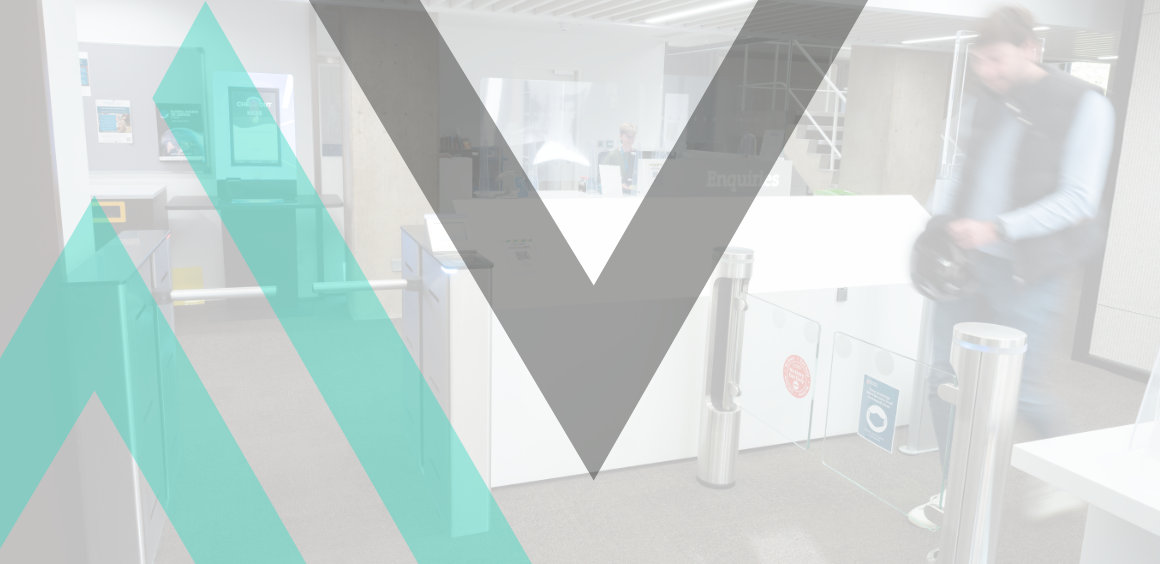It’s true to say that libraries today have probably changed beyond all recognition from the spaces that once existed in previous times. Most of us would recognise the quiet, traditional buildings with dark wooden shelves and dusty books from childhood.
Entering a modern library these days is a completely different experience. There’s so much more going on with advanced digital services and meeting or community spaces integrated seamlessly within the environment.
Here’s a brief timeline that explains how libraries have become the thriving focal point of learning environments, occupational centres and commercial enterprises.
Learning In Antiquity
The first purposely organised library to be recorded was in Nineveh, now situated in modern Iraq, around 7th Century BCE and it contained 30,000 tablets arranged by topic.
An ancient library that is probably more widely known would be the one in Alexandria, Egypt. Renowned to be the centre of all knowledge, Caesar reportedly burnt it down in 48 BCE while sacking the city.
Advent Of Public Libraries
Still in existence in Manchester, Chetham’s library was established in 1653 and is said to be Britain’s oldest library. Purpose-designed children’s libraries evolved later, with the first one recorded in Nottingham. The Children’s Library for Boys and Girls was opened by the Liberal MP Samuel Morley in 1882.
Dewey Decimalisation
In 1876, the Dewey Decimal System was introduced. This method classifies books via subject with a shelf mark number, usually located on the book’s spine. Books are then arranged in numerical order, with digits referring to subject area and letters referring to author or editor initials.

20th Century Technology
Clearly, there were huge advancements in technology throughout the 20th century. In library terms, one piece of equipment that changed how organisations worked was the Gaylord Electric-Automatic Book-Charger, created by the Gaylord brothers and used in public libraries from 1932.
This machine enabled a book’s card to be printed with the due date and borrower’s number for an improved book tracking service.
Leap In Library Automation
In the late 1960s, computerized cataloguing in libraries took a major step forward with the MARC system. MARC stands for machine readable cataloguing and enabled organisations to electronically categorise items using brief descriptions and numerical data.
Earliest Electronic Library
During the 1990s, the Mercury Electronic Library was opened in Carnegie Mellon university. This environment empowered the development of software for electronic libraries and motivated a growing electronic publishing market.
In the UK, digital libraries began to flourish, with The British Library boasting one of the UK’s largest electronic collections.
RFID Revolution
Commonly hailed as a real game-changer in library technology, RFID (radio frequency identification) tagging transformed organisational technology in the 2000s. RFID tags are smart labels that can store information about books or any products so that organisations can search, track and identify items more consistently and securely.
The advent of RFID technology aided the development of self-service kiosks. With this type of service in libraries, organisations can create a smoother, safer and more systemized experience for all users.
When using self-service kiosks, patrons in libraries can check items in and out without the assistance of the library team. These products also reduce queues and waiting times, delivering significant organisational efficiencies.
Nowadays, there is a plethora of digital services that can maximise space, room and resource bookings so that organisations have useful control over their systems and products for an enhanced user experience.
AdvaNova’s Sentry delivers these benefits for customers, including many libraries, throughout the UK.
Cultivating Creativity
Today, a great proportion of libraries are becoming environments where the imagination can really take off. Some include podcast booths or creator studios that boast the latest innovative software for people looking to produce their own content.
How AdvaNova Supports Libraries
At AdvaNova, we have developed a complete range of organisational products and solutions that empower libraries in their work and ability to achieve goals.
Get in touch with AdvaNova if you’re searching for smart solutions that nurture growth and efficiency.










